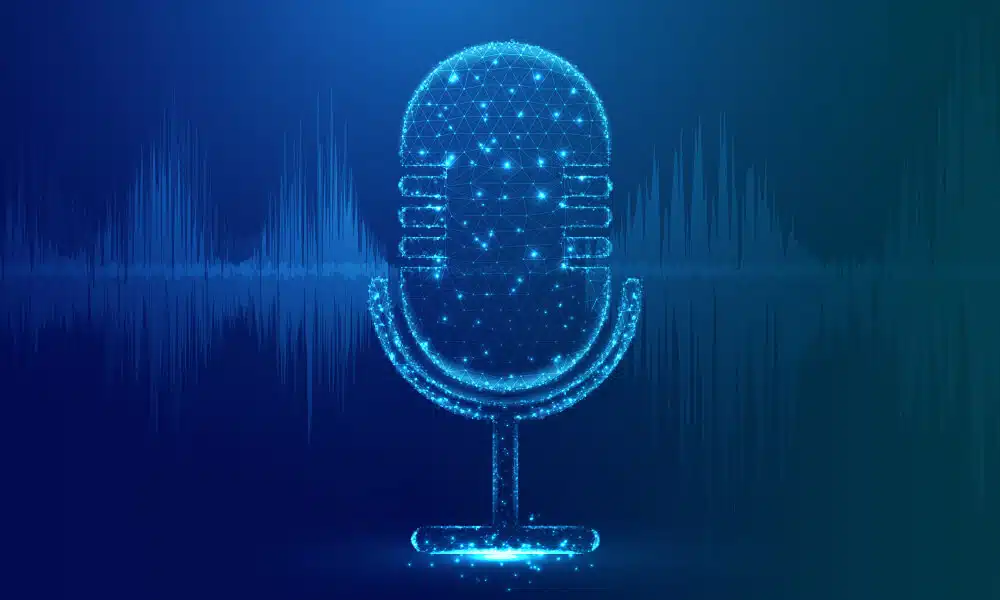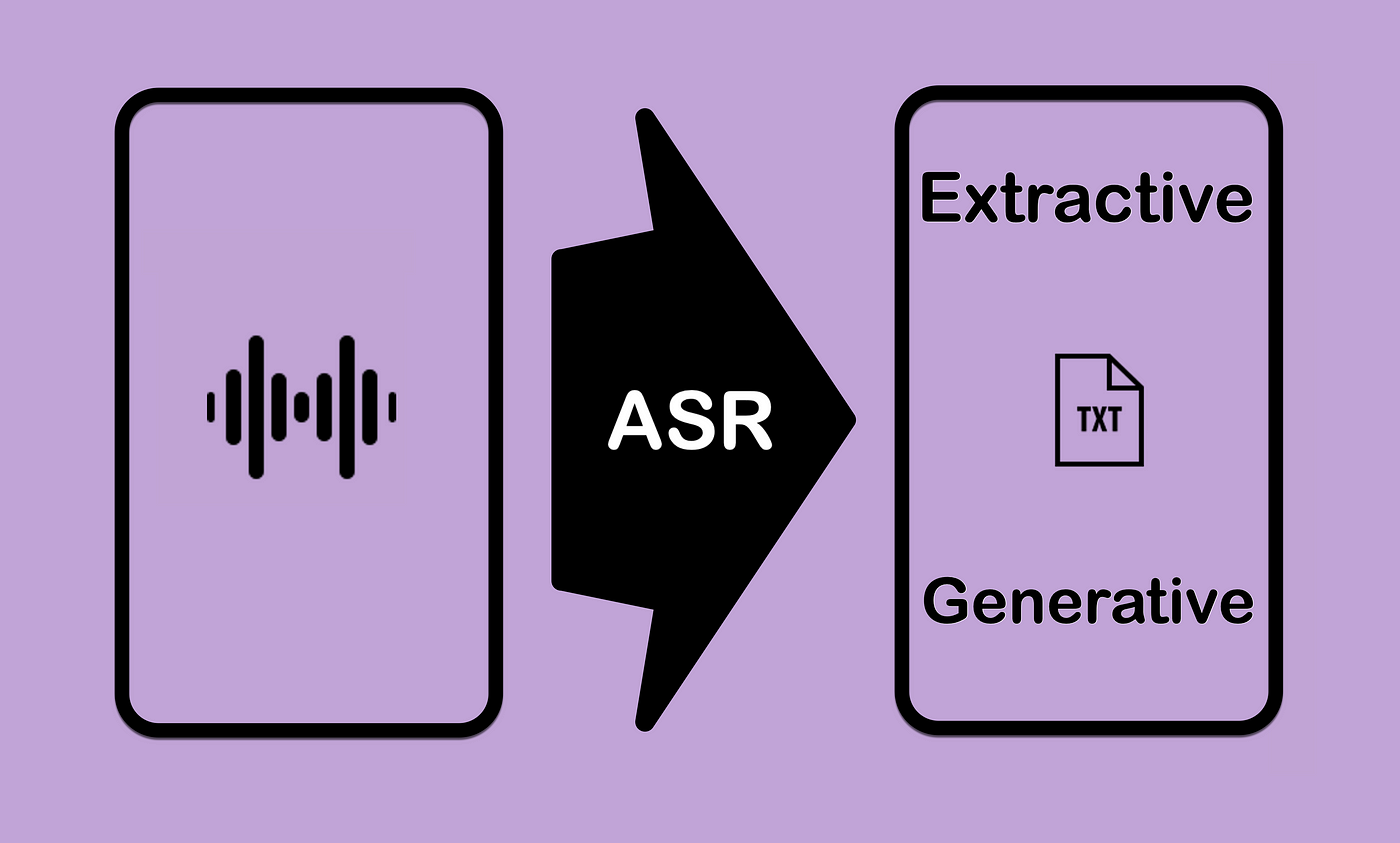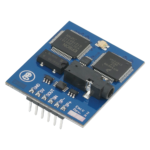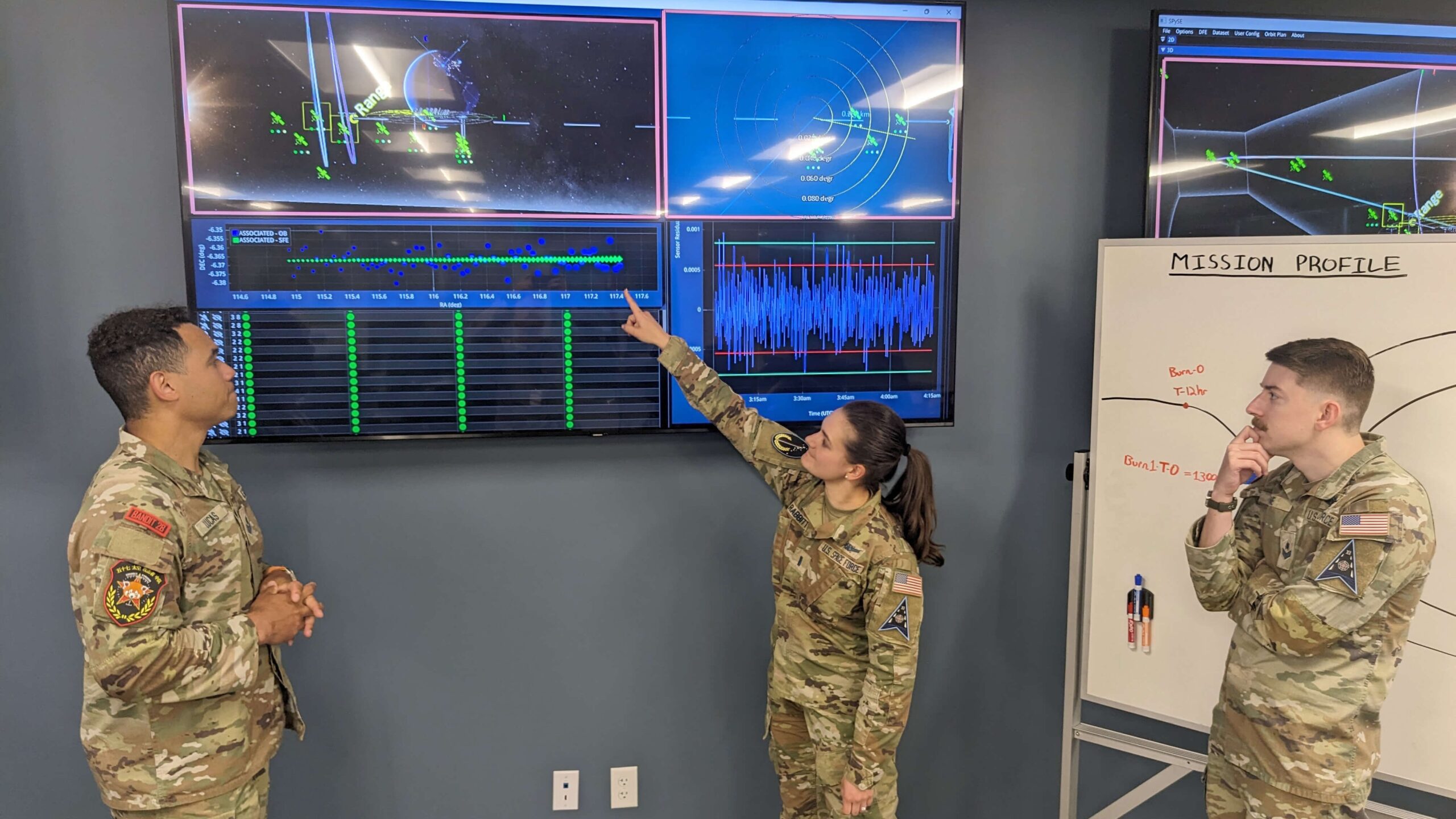Have you ever wished for a personal assistant who could instantly understand and respond to your every command? Or have you struggled with typing out long emails or documents, wishing there was a faster and easier way? Well, the future is here, and it’s called Automatic Speech Recognition and voice recognition.
Imagine being able to control your phone, computer or even household appliances with just your voice. No more fiddling with buttons or trying to type on tiny screens. With Automatic Speech Recognition and voice recognition technology, it’s all possible.
As someone who has been researching and studying this technology for years now, I can confidently say that it will revolutionize the way we interact with our devices. And in this article, I’ll tell you everything you need to know about Automatic Speech Recognition and voice recognition – how it works, its benefits and limitations, and why it’s a game-changer for individuals and businesses alike.
So if you’re ready to explore the exciting world of ASR and voice recognition technology with me, let’s get started!
So, asr voice recognition?
ASR (Automatic Speech Recognition) is a revolutionary technology that allows computers to understand and interpret human speech. It has the ability to transcribe spoken words into text, making it easier for us to interact with our devices through voice commands.
One of the most well-known applications of ASR is in virtual assistants such as Siri, Alexa, and Google Assistant. These programs use ASR technology to listen and respond to our queries or commands, making tasks like setting reminders, playing music, or getting directions hands-free and effortless.
But ASR goes beyond just virtual assistants. It also plays a crucial role in improving accessibility for individuals with disabilities who may have difficulty typing or using traditional input methods. With ASR technology, they can now communicate more easily by speaking directly into their devices.
In addition to its convenience and accessibility benefits, Automatic Speech Recognition also has significant implications for businesses. With the rise of voice search on smartphones and smart speakers, companies are increasingly incorporating ASR into their marketing strategies. This means optimizing content for voice searches will become even more critical in reaching potential customers.
Furthermore, industries such as healthcare are utilizing Automatic Speech Recognition technology to improve patient care by allowing doctors to dictate notes instead of manually writing them down.
Overall, ASR is an incredibly powerful tool that continues to advance at a rapid pace. Its impact on how we interact with technology and its potential applications across various industries make it a truly revolutionary innovation worth knowing about.
Understanding Automatic Speech Recognition and Voice Recognition: How it Works
Automatic Speech Recognition (ASR) and voice recognition are fascinating technologies that enable machines to understand human speech. Imagine talking to your device, just like you would with a friend, and it replies back or performs tasks for you! ASR works by converting spoken words into text. It starts with capturing sound waves through a microphone, which then digitizes the audio signals. The system analyzes these signals using complex algorithms that break them down into phonetic units—essentially the building blocks of speech. This process involves recognizing patterns in sounds and matching them to known language models stored in its database.
Voice recognition takes this a step further by identifying who is speaking rather than just what they are saying. This technology often employs machine learning techniques where systems “learn” from many voices over time, improving their ability to distinguish variations in tone, accent, and pronunciation.
By training on large datasets of recorded voices and corresponding identities, these systems can create profiles for individual users.
When you ask your smart speaker to play your favorite song or set reminders based on your unique commands, it’s not just hearing you; it recognizes you. Quite remarkable how technology brings our voices alive in such seamless ways!
The Impressive Benefits of Automatic Speech Recognition and Voice Recognition Technology
Automatic Speech Recognition (ASR) and voice recognition technology have transformed the way we interact with devices. Imagine talking to your phone and having it understand your words, almost as if it were a friend. This technology uses complex algorithms to analyze sound waves and convert them into text, making communication seamless. With ASR, tasks that once required typing can now be handled simply by speaking aloud. For instance, you can send messages or set reminders without lifting a finger!
Beyond convenience, there are impressive benefits for various fields such as education and healthcare. In the classroom, students with different learning styles benefit from listening instead of reading alone; this caters to auditory learners in unique ways. In healthcare settings, doctors can dictate notes quickly during patient visits without getting bogged down in paperwork. The result is more time spent on patient care rather than administrative tasks.
Furthermore, organizations leverage voice recognition for security purposes—who needs passwords when their voice serves as a key? Overall, these technologies create an efficient bridge between human expression and machine understanding, enriching our lives while paving new paths toward innovation.
- Enhanced productivity
- Improved accessibility
- Smoother interaction experiences
Read also: dragon technology speaker

Recognizing the Limitations and Overcoming Challenges in ASR and Voice Recognition
Automatic Speech Recognition (ASR) systems have made incredible strides, but they still face noteworthy limitations. One major challenge is the variety of accents and dialects within a language. Imagine a person speaking English with a thick Scottish accent; an ASR system may struggle to understand them, leading to inaccuracies. Additionally, background noise can significantly impair voice recognition quality. For instance, if someone tries to dictate text in a bustling café or during a loud family gathering, the ASR might misinterpret words or fail entirely. These hurdles highlight the need for improvements in algorithms and training data that encompass diverse speech patterns.
To overcome these challenges requires proactive approaches from developers and researchers alike. First on the list is enhancing machine learning models by using vast datasets featuring various accents and environmental sounds. When systems learn from real-world situations rather than controlled environments, their accuracy improves dramatically. Furthermore, integrating user feedback can help refine performance over time as users correct misunderstandings in real-time interactions.
Finally, creating adaptive technologies that adjust based on individual users’ speech characteristics could lead to more personalized experiences in voice recognition technology—making it feel less like talking to a robot and more like chatting with an understanding friend!
Automatic Speech Recognition and Voice Recognition: A Game Changer for Individuals and Businesses
In recent years, automatic speech recognition (ASR) and voice recognition technologies have transformed the way individuals and businesses interact with their devices. Imagine speaking into your smartphone or computer, and it instantly understands your words—no typing required! This technology relies on complex algorithms to convert spoken language into text, making it easier for people to communicate without traditional barriers. The convenience of ASR allows users to dictate messages, set reminders, or search for information simply by using their voice. Not only does this save time, but it also enhances accessibility for those with disabilities who might find typing challenging.
For businesses, the impact is equally profound. Voice recognition systems can streamline operations by automating customer service interactions through chatbots that understand natural language queries. These bots handle everything from answering FAQs to processing orders without human intervention. Furthermore, companies leverage this technology for data entry tasks; employees can verbally input information rather than manually entering details—a process that significantly reduces errors and increases efficiency. With applications ranging from healthcare dictation software to virtual assistants in corporate environments, it’s clear that embracing ASR and voice recognition is not just a trend but a crucial evolution in how we work and connect in our fast-paced world.
- Improved accessibility
- Enhanced communication
- Increased productivity
- Streamlined customer service
You may also like: text to speech device
The Future of Interaction with Devices Through Automatic Speech Recognition and Voice Recognition
Imagine walking into a room, and the lights adjust to your preferred brightness just by saying, “Let there be light.” This is the magic of automatic speech recognition (ASR) and voice recognition technology. These advancements are transforming how we interact with our devices in fascinating ways. With ASR, computers can understand spoken language, allowing for seamless communication between humans and machines. We’re moving towards an era where conversations with our gadgets will feel as natural as chatting with friends. Picture this: instead of tapping on your phone or clicking through menus, you could simply say what you want—“Play my favorite song” or “Set a reminder for tomorrow.” The convenience is mind-blowing.
As these technologies continue to evolve, they promise to enhance accessibility for everyone.
- For individuals with disabilities,
- children learning new languages,
- and even the elderly who might struggle with small screens.
Each command becomes more intuitive and personalized over time due to machine learning algorithms that adapt to individual speech patterns. It’s not just about accuracy; it’s also about creating an emotional connection through understanding tone and context. In this future landscape of interaction, our devices won’t merely respond—they’ll engage thoughtfully, making life smoother while enriching our daily experiences in unimagined ways.



